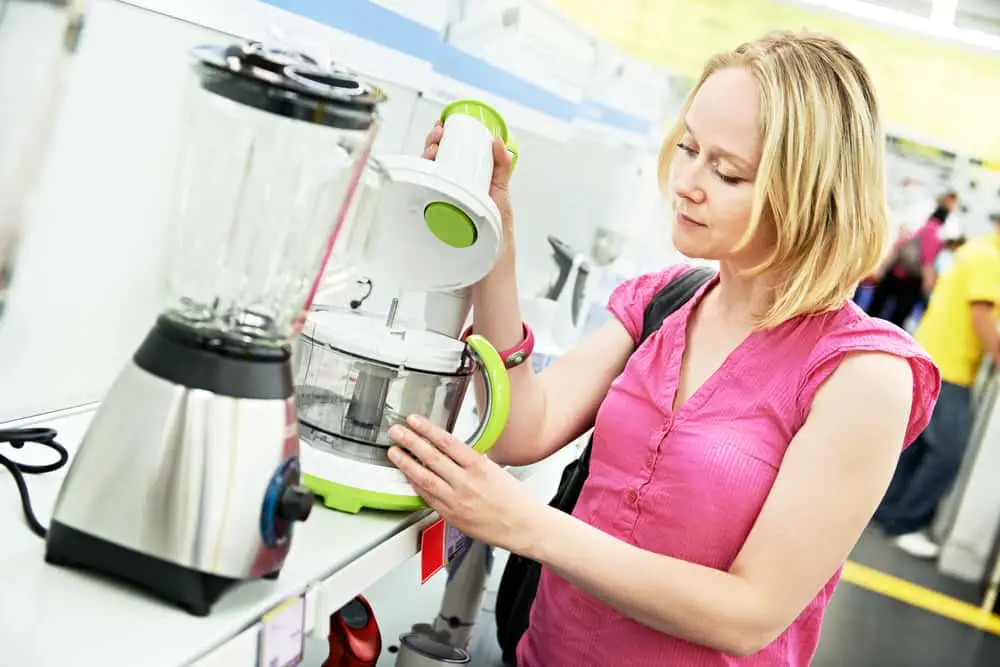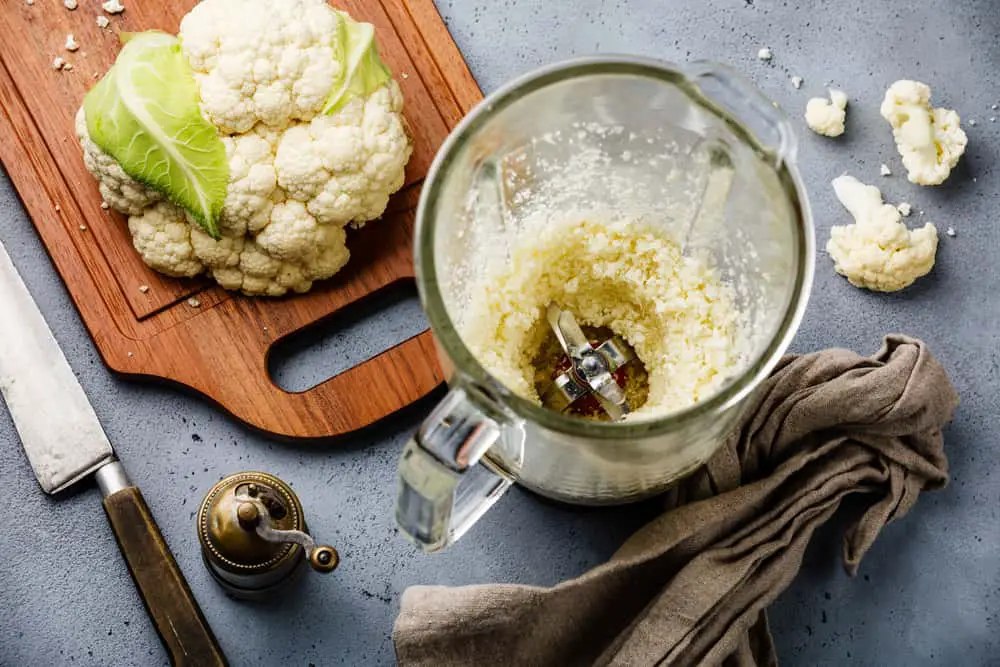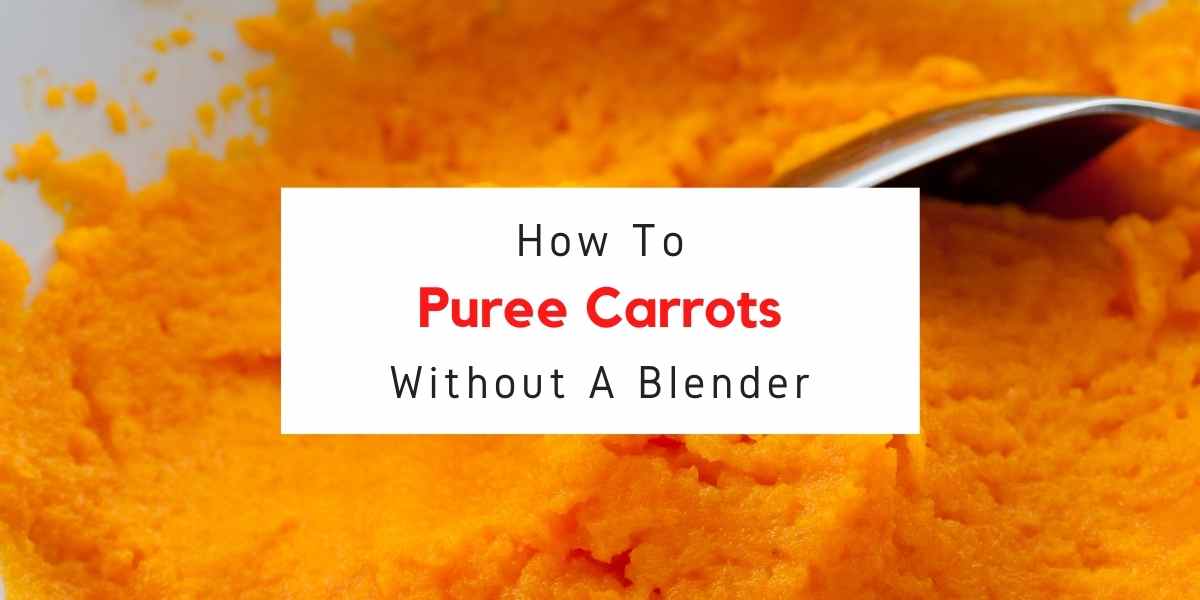Most of the time, blenders can serve the same purpose as food processors; though blenders are originally designed to liquefy and mix dry food ingredients.
Food processors are designed to handle larger chunks of food; so if you want a blender to do the work, you are going to have to do smaller chunks of them.
Blenders, food processors, and grinders are only three of the most important pieces of kitchen equipment. They are popular for their versatility and usefulness; they liquefy, emulsify, knead, and chop food into smaller, softer forms.
But we often wonder: can a blender be used as a food processor?
A blender and a food processor seem like interchangeable kitchen appliances. Both gadgets turn food into textured substances, but the difference is that a blender chops up ingredients to create a puree whereas a food processor can also grate cheese, and slice vegetables. Among other things, the main difference between these two kitchen items is how much liquid is required to operate them.
Working Of A Blender
When you turn on the blender, the blades inside the blender begin rotating and then start blending and chopping the food that you load in it.
The blades inside the blender cut and blend the loaded food.
At this point, the speed of the blender is controlled by you. You can increase the speed of the blender by rotating the dial on the blender. You have the option to add ice, water, or other liquids as needed.
Related Post: What Does A Blender Do?
Working Of A Food Processor
While a blender works on chopping and cutting, the food processor does the same but with a different result.
The food processor works on cutting and chopping the loaded food. The food processor cuts and chops the loaded food to make it into a pulp.
At this point, the speed of the food processor is controlled by you. You can increase the speed of the food processor by rotating the dial on the food processor. You have the option to add ice, water, or other liquids to the food processor as needed.
Similarities Between A Blender And A Food Processor
When it comes to a blender and food processor, both have the same function.
- They both can be used to blend and chop the food.
- Blenders and food processors also have the same size and weight.
- Blenders and food processors are also similar in the basic design.
- Both have a jar and a lid.
- Blenders and food processors are also similar in the way they operate.
- Both have a cord attached to a motor inside the jar and the cord runs through the lid to the motors. The cord is also similar in the way it operates. It can be plugged into a power source or the cord can be plugged into a power source.
What Is The Difference Between A Blender And A Food Processor?

Blenders have different makeup compared to food processors. Their blades are not as sharp and cannot cut through hard substances. Blenders are best for mixing food ingredients and for making purees.
The processors are the active tools in blenders. They are quite powerful; and are designed to effortlessly blend ingredients into purees, making sauces, smoothies, frozen cocktails, and liquefy beverages.
Unlike blenders, the motors in food processors are not as powerful; but their blades are sharper and can cut through hard fruits and substances.
Food processors are exceptionally versatile devices, and they can make larger chunks of food without any difficulty. Their blades enable them to quickly cut through hard ingredients such as nuts or seeds.
And if you want to pulverize ingredients, food processors are better suited to get the job done than most blenders.
| Function | Blender | Food Processor |
|---|---|---|
| Slice | No | Yes |
| Shred | No | Yes |
| Chop | No | Yes |
| Crush Ice | Yes | No |
| Liquify | Yes | No |
| Puree | Yes | No |
| Shred Cheese | No | Yes |
Can A Blender Be Used As A Food Processor?
Yes, you can use a blender instead of a food processor.
For good reasons, I do not like to have equipment and tools I don’t necessarily need laying about in my kitchen. First, it would be that they take spaces important things can fill. The second would be to save cost; why buy something when something else can do all the work? And I know a lot of people feel the same way.
Food processors are suited for solid or hard ingredients; blenders are not.
If you have to use a blender for solid or hard ingredients, you would have to blend a chunk of ingredients at a time or in batches, and not only is that time-consuming, you risk breaking the blades since they are not as sharp as those in food processors.
Likewise, if you try to use a food processor for liquid or lose ingredients, the cup should not be too full. If the cup is overfilled, this would cause ingredients to spill from the sides of the processor.
So, it is advised you use a food processor for meals with solid ingredients, or sauces with grain, like pesto. Liquid ingredients such as smoothies or iced coffee drinks are not advisable to be made in a food processor.
Related Post: Blender Or Food Processor For Baby Food
How To Use A Blender As A Food Processor

Some blenders can do the work of food processors, though you might need some trial to get around how they work.
Although the result may be slightly different, most of the ingredients you would need for your food can be processed in a blender, technically, with a little bit of tweaking.
A blender simply cannot hold the same amount of ingredients a food processor would, for the reason that its cup is a little smaller and the blades are not as sharp as those in food processors.
You can blend the food in batches so you don’t overwork your blades.
The following tips and suggestions can help you make the most of your blender:
1. Blend In Batches
If you want your blender to give you the same results as a food processor would, you would have to blend a small amount of food at a time.
Blending a large batch of ingredients or food can have serious repercussions on your blades; also, you might find that the food at the top of the jug might not have the same quality as the food at the bottom.
To get the same texture throughout, you would need to do them in batches; you can slowly increase the number as you blend.
2. Adjust Your Blender Setting
Also, when using a blender as a food processor, you will need to make some adjustments to your blending settings.
Big, powerful blenders usually come with a speed as high as 6; smaller ones usually come with half the speed of the bigger ones.
You can use the highest settings if you only want to puree or mix your ingredients; but if you want to chop bigger fruits and more solid ingredients, you would have to use the lowest settings.
What Types Of Blenders Can Substitute For Food Processors?
Although blenders can process foods and ingredients, not every blender can do this.
There are powerful blenders with processors that are as strong as those in food processors, and it is these kinds of blenders that can substitute for food processors.
These blenders are highly sophisticated and specially designed to mix, chop, and grind all sorts of food ingredients.
Not only are their blades stronger than other kinds of blenders, but their blades are also sharp enough to cut through solid food, hard fruits, and ingredients.
These models are top-rated, and they also come with good recommendations from users.
Related Post: Blender Vs Food Processor Vs Food Chopper
Best Blender And Food Processor Combo
| Title | Buy |
|---|---|
| TopNinja Mega Kitchen System | Check Price |
| Ninja BN801 Professional Plus Kitchen System | Check Price |
| Oster Blender | Pro 1200 with Glass Jar | Check Price |
| Cuisinart BFP-703BC Smart Power Duet Blender/Food Processor | Check Price |
| Ninja Foodi SS201 Power Blender & Processor | Check Price |
Conclusion – Does A Blender Work As Food Processor?
You can use blenders as a good alternative for food processors.
You shouldn’t be surprised that the end product may not be the same as when you use a food processor.
This is because the edges in blenders are not sharp enough to cut through hard ingredients in foods, so you might still have shafts and particles from hard foods in your end product.
You might need to blend your food in batches or make adjustments to the settings to get the same end product you would get if using a food processor.
You can leave your comments if you have any questions.
You might also want to check out –



